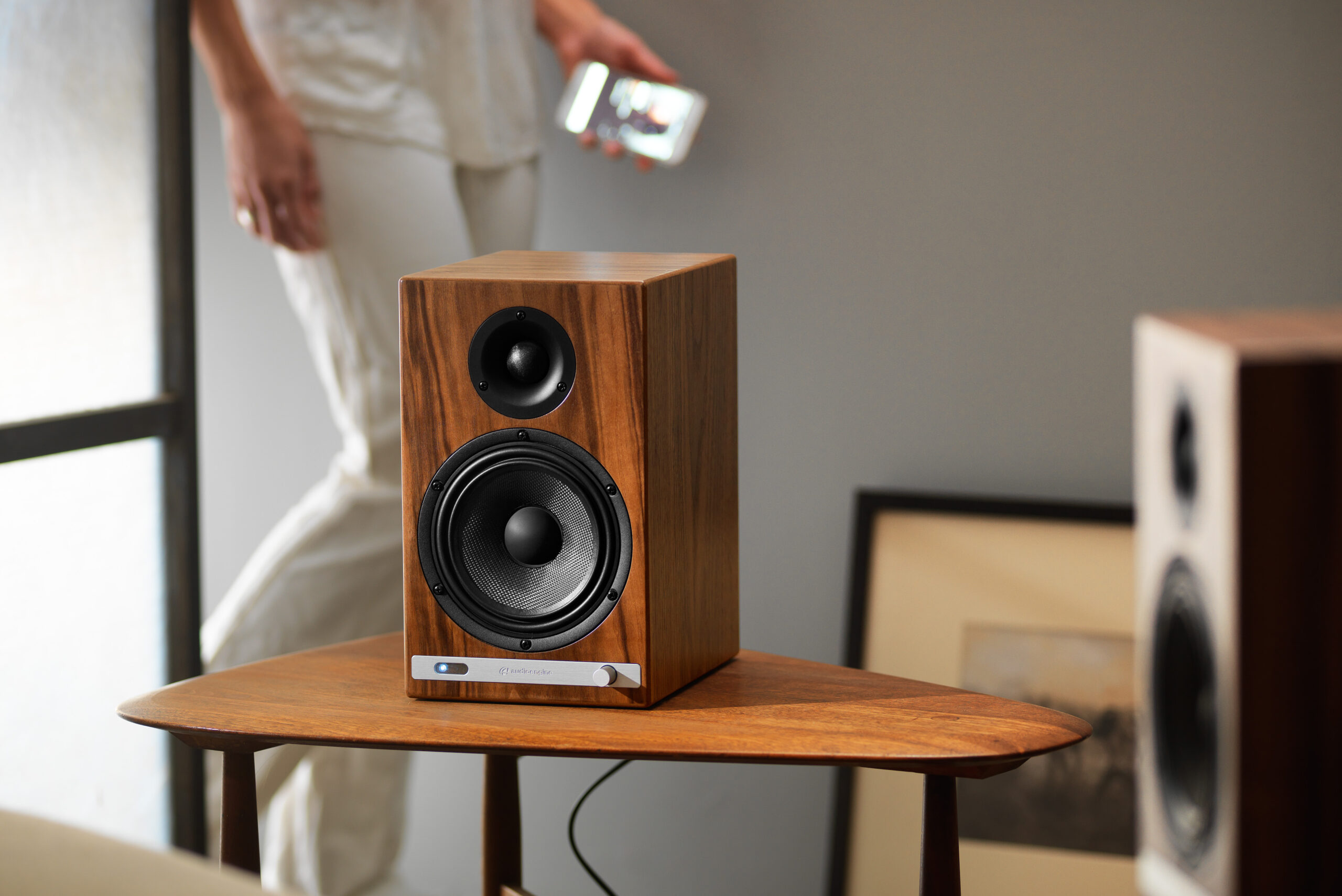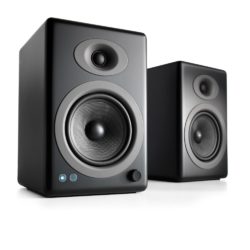The Science of Sound: Understanding Speaker Tweeters
Every part of an audio system serves a unique role in shaping sound quality. Tweeters, known for delivering high-frequency sounds, are a prime example. You'll find them in various audio setups, from home stereos to studio monitors. This guide explores the different types of tweeters, the materials used, and the engineering choices impacting your listening experience. 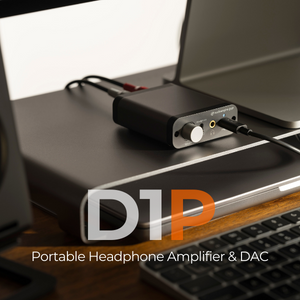
What is a Speaker Tweeter?
A tweeter is a specialized loudspeaker driver designed to produce high-frequency sounds in an audio system. Unlike woofers, which handle low-frequency sounds, tweeters are engineered to reproduce the upper range of the audio spectrum, typically frequencies from about 2,000 Hz to 20,000 Hz. This high-frequency capability allows tweeters to accurately render the crispness of a cymbal clash, the clarity of a violin, or the detail in a vocalist's voice. In essence, the tweeter is responsible for delivering the treble in your music, contributing to a balanced and full-bodied sound.
Types of Speaker Tweeters:
Dome Tweeters:
- Design: Resembling an upside-down bowl, these tweeters disperse sound waves evenly across your room, ideal for spaces with a spread-out audience. The dome design allows for excellent sound dispersion, ensuring a consistent sound quality throughout the space, even if you're not sitting directly in front of the speaker.
- Benefits: They excel in delivering a wide dispersion of sound, creating a sweet, clear, and detailed high-frequency response that unveils the nuanced textures of voices and instruments. Their design promotes a natural, smooth sound that is pleasing to the ear, elevating the auditory ambiance of any room.
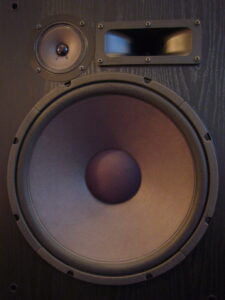
Horn Tweeter (Top Right) Photo: Scott Schiller, flickr.com
Cone Tweeters:
- Design: The simplistic cone-shaped diaphragm offers broader sound coverage at a cost-effective price.
- Downsides: Cone tweeters often lack the level of detail and smoothness in sound reproduction compared to other types of tweeters. They're often chosen for their cost-effectiveness, making them a common choice in budget-friendly audio setups.
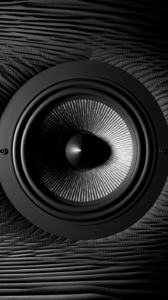
Piezoelectric Tweeters:
- Design: Empowered by piezoelectric crystals, they transform electrical energy into sound efficiently. Piezoelectricity, the electric charge generated in certain materials like crystals when mechanical stress is applied, enables these tweeters to change shape and vibrate, generating sound waves when an electrical signal is applied.
- Benefits: They are known for their efficiency and durability as they don’t require a crossover (a device that directs low-frequency sounds to woofers and high-frequency sounds to tweeters) and are less prone to blowouts, making them a cost-effective option for high-frequency sound reproduction.
Ribbon Tweeters:
- Design: Featuring a slender metal ribbon suspended between two magnetic fields, they provide highly sensitive and detailed sound reproduction.
- How It Works: When an electrical audio signal is applied, it flows through the ribbon, creating a magnetic field. This magnetic field interacts with the permanent magnetic field of the surrounding magnet. The interaction causes the ribbon to vibrate, moving air molecules to create sound waves.
- Benefits: They are known for delivering a very smooth and extended high-frequency response, with a natural, airy quality to the sound.

Photo by поднято, magnitola.org
Air Motion Transformer (AMT) Tweeters:
- Design: Their unique folded diaphragm design moves air swiftly, delivering a fast transient response. When an electrical signal passes through the voice coil, it induces a magnetic field that interacts with the magnets in the tweeter, causing the folded diaphragm to squeeze together and apart, pushing air out through the folds.
- Benefits: They are known for their ability to reproduce complex musical passages with exceptional detail and accuracy, bringing a sense of realism to the sound.
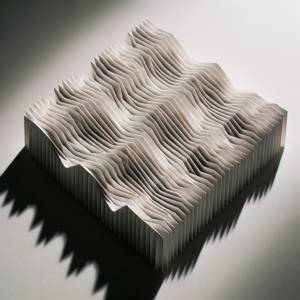
Planar-magnetic Tweeters:
- Design: Planar-magnetic tweeters feature a thin diaphragm with a printed voice coil, poised between two magnetic fields. The design aims to strike a balance between minimizing distortion and delivering a robust sound output.
- How It Works: Electrical impulses from your audio source are directed to conductive "windings" that are integrated into the slim diaphragm. This diaphragm is strategically placed between two permanent magnets. As electric signals pass through the windings, they create a magnetic field that interacts with the stationary magnets, inducing vibrations in the diaphragm and generating high-frequency sounds.
- Benefits: They are known for their precise sound reproduction and lower distortion, providing a clean and clear high-frequency response. Planar-magnetic drivers are often found in hi-fi quality headphones.

Planar-Magnetic Headphones - Photo by Skaja Lee, Creative Commons
Electrostatic Tweeters:
- Design: Electrostatic tweeters gained prominence in the 1970s and feature a flat diaphragm placed between charged plates. Unlike other tweeters that rely on a voice coil and magnet, electrostatic tweeters use electrostatic forces to move the diaphragm.
- How It Works: In this vintage design, the diaphragm is charged to a high voltage and positioned between two conductive plates. When an audio signal is applied, the electrical field between the plates changes, causing the diaphragm to move and generate sound waves. This method of sound production is highly efficient and minimizes distortion.
- Benefits: They are known for their ability to deliver an incredibly transparent and airy sound, capturing the finest details in the audio.
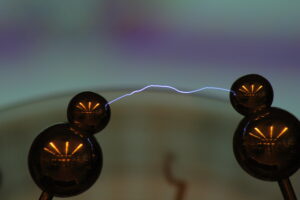
Creative Commons, Photo by Antti T. Nissinen - flickr.com
What Materials Are Tweeters Made From?
- Silk - Silk tweeters are celebrated for their ability to deliver a smooth, natural sound that eliminates harshness, adding a pleasing warmth and quality to your music. Silk tweeters also exhibit resilience to environmental factors like humidity, ensuring consistent performance over time. This natural sound profile is a testament to their quality.
- Aluminum: Brings out a brighter, more lively sound. Durable and cost-effective.
- Polyester: Offers a versatile sound catering to a wide range of musical genres.
- Paper: Mostly found in classic speakers, paper tweeters are prone to be damaged by moisture and other environmental factors.
Audioengine's Choice: Silk Tweeters
Audioengine opts for silk tweeters, reflecting our commitment to delivering a nuanced and natural sound, showcasing the care and thought in our product design.
Conclusion
The type and material of a tweeter can significantly influence your audio experience. Each has its unique strengths, whether it's the even sound dispersion of dome tweeters or the focused efficiency of horn tweeters. Knowing more about these can help you appreciate your audio system on a whole new level. When you're ready to make an informed decision, remember: the details make all the difference.


